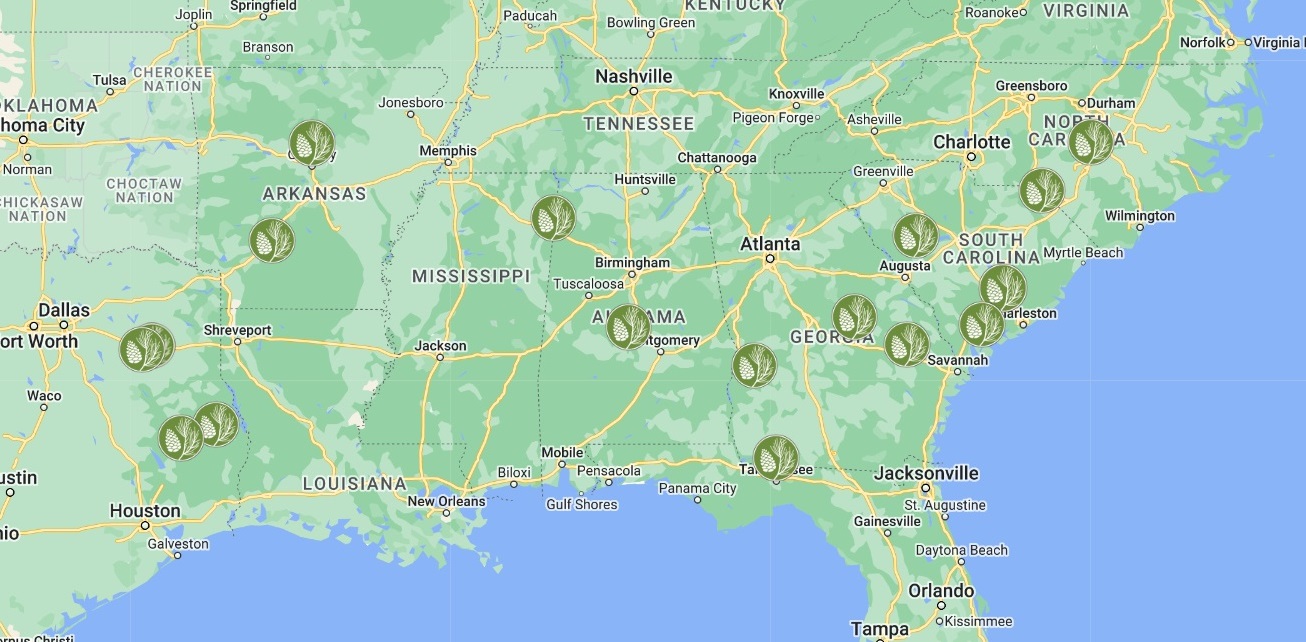During our “Making Sense of Reforestation: Your Questions Answered Live” webinar on September 12th, we had lots of great questions covering a wide range of forestry topics.
We thought we would share some of those in the coming editions of TreeLines.
Will pine tip moth damage, permanently affect tree form, and how long are they active?
There is a common pest that affects loblolly and shortleaf pine stands in the southeastern United States – the Nantucket Pine Tip Moth.
Tip moths can range from as far north as Massachusetts to the south end of Florida and west into East Texas. They will have four to five life cycles throughout a year, and the first noticeable sign of an attack is the yellowing and dying of the buds on the stems and the top of the seedling or sapling.

The pine tip moth usually attacks and lays its larvae, which burrow into the tip, the apical bud of the stem. Once the bud has died, if you break it off, you can see where the pupae have fed and killed that bud. This condition is rarely fatal, and new buds will take over and become the main bud on the stem.

Vigorous seedlings will outgrow this quicker, thus emphasizing the importance of higher, faster-growing genetics like ArborGen’s MCP®.
You can have as many as five outbreaks per growing season or five attacks throughout a growing season from the life cycles of the pine tip moth.
One critical misconception is that the pine tip moth will affect the quality of the stem or the form of the tree and that it’s going to cause a fork tree or it’s going to cause a tree with multiple stems. Once a pine tree reaches a ceiling height of about 12 to 15 feet, the tip moths move on, and they move on to smaller and shorter trees.
Your Reforestation Advisor can help you determine the right genetics for your land, providing you with faster growing, greater volume, and more disease-resistant trees. Contact them for more information.













